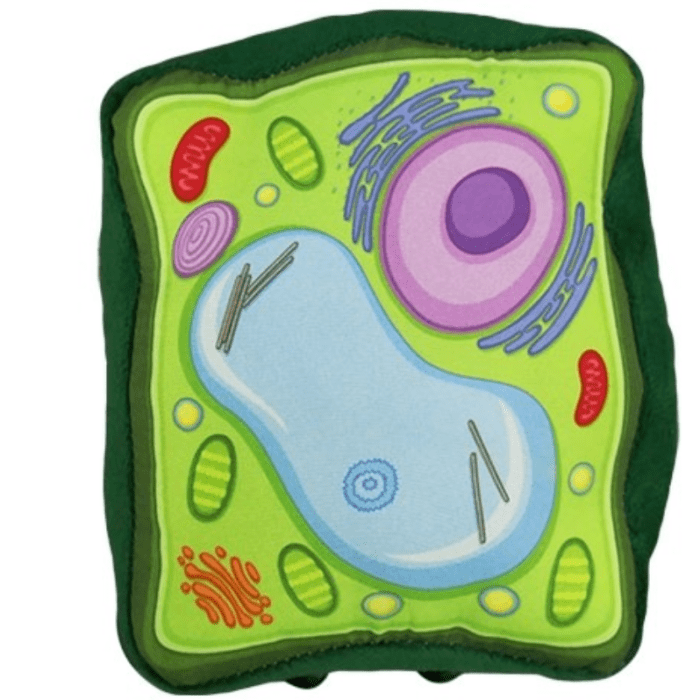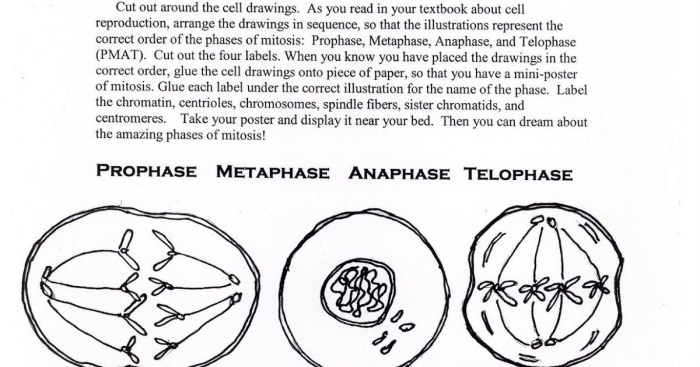Exercise 3 the cell anatomy and division – Embark on an illuminating journey into the realm of cell biology with Exercise 3: The Cell Anatomy and Division. This comprehensive exploration delves into the fundamental unit of life, unraveling its intricate structure, essential functions, and the dynamic process of cell division that underpins growth and repair.
From the fundamental definition of a cell to the complexities of its internal architecture, this exercise provides a captivating overview of the cellular realm, laying the groundwork for a deeper understanding of the mechanisms that govern life’s fundamental processes.
2. Cell Anatomy

Eukaryotic cells, found in complex organisms, possess a well-defined internal structure consisting of specialized organelles. These organelles perform distinct functions essential for cell survival and function.
Major Organelles, Exercise 3 the cell anatomy and division
- Nucleus:The control center of the cell, containing the genetic material (DNA) and directing cellular activities.
- Endoplasmic Reticulum (ER):A network of membranes involved in protein synthesis and lipid metabolism.
- Golgi Apparatus:A stack of flattened sacs responsible for processing and sorting proteins.
- Lysosomes:Membrane-bound vesicles containing digestive enzymes that break down cellular waste and debris.
- Mitochondria:The “powerhouses” of the cell, producing energy through cellular respiration.
- Ribosomes:Small structures found on the ER or floating freely in the cytoplasm, responsible for protein synthesis.
- Cytoskeleton:A network of protein filaments providing structural support and enabling cell movement.
Illustrations
[Sertakan ilustrasi atau diagram yang menunjukkan struktur dan fungsi organel yang dibahas.]
Essential FAQs: Exercise 3 The Cell Anatomy And Division
What is the significance of cell division?
Cell division is essential for growth, repair, and the replacement of old or damaged cells, ensuring the proper functioning and maintenance of multicellular organisms.
How do mitosis and meiosis differ?
Mitosis produces two identical daughter cells with the same number of chromosomes as the parent cell, while meiosis produces four daughter cells with half the number of chromosomes, promoting genetic diversity and gamete formation.



